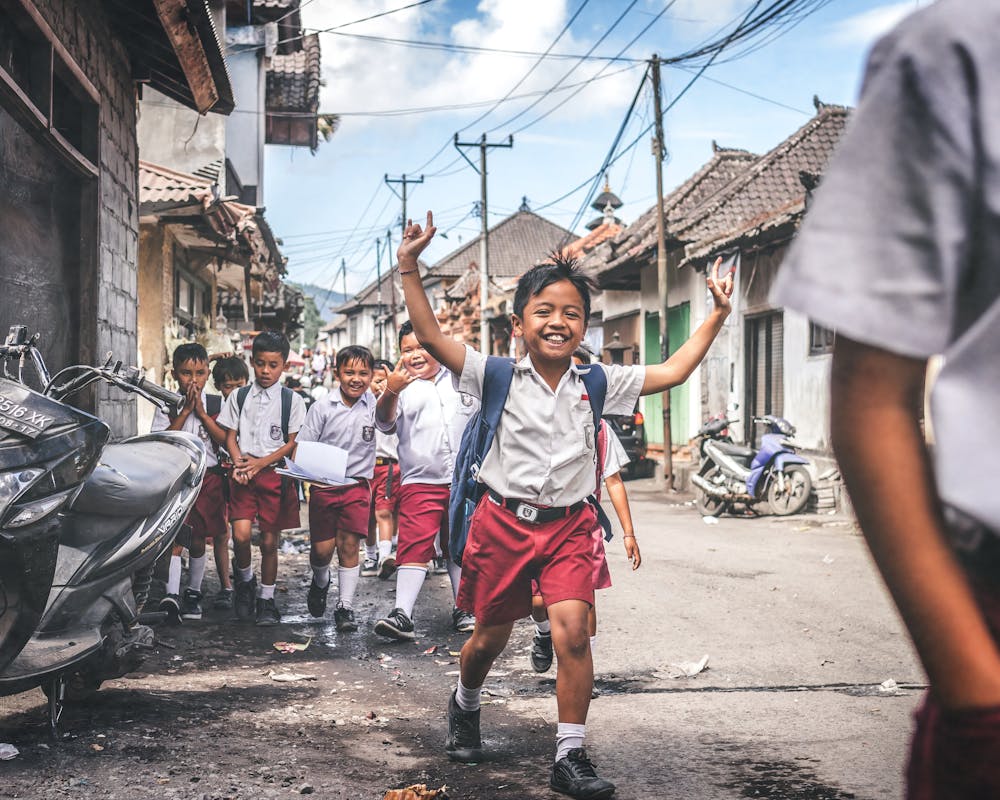From Australia to Zimbabwe and all points in between, each culture has its own unique approach to children's stories. While most story books for kids follow similar themes and trends, it’s the little differences that make the biggest impacts.
Our blog post on The Evolution of Children’s Stories provides a detailed account of how stories for kids evolved from campfire legends to kids reading online. We looked at children's stories from all over the world and noticed some interesting cultural distinctions. Let’s take a look at how different parts of the world create stories for kids.
Africa
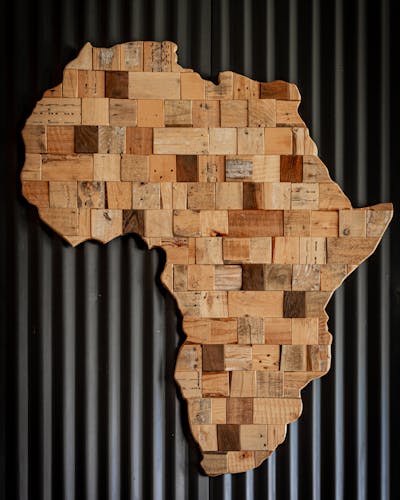
The birthplace of our species, Africa has a long history of folklore and oral tradition. Their children's stories largely display two of the most common characteristics of stories for kids: animal anthropomorphism and creation myths.
Considering the biodiversity and the unique animal life, this should be no surprise. Today, the content of the stories remains consistent, but the storytellers have adopted modern methods to tell them, including colorful illustrations and kids books online.
Asia
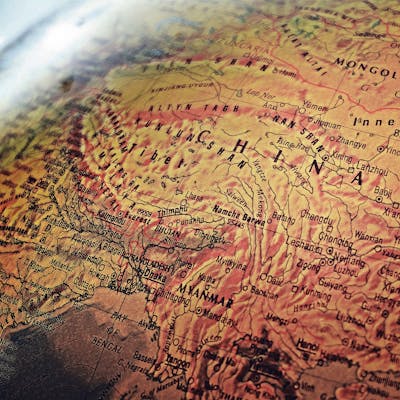
Asia, too, has a long history of folklore, further diversified from the many different cultures on the planet’s largest continent. The storytelling goals are the same as with the rest of the globe — imparting wisdom and guidelines to young children so they’re better prepared for society. However, what’s distinct about Asian story books for kids is the morals they’re imparting.
For Westerners, the morals of Asian children stories might seem “foreign.” For example, NPR points out how popular Chinese story books for first graders might focus on handwriting, something more relevant to the Chinese alphabet than the Latin one. As another example, Middle Easterners usually integrate religious concepts in their children's stories.
Despite what the morals are, you’ll still find plenty of common ground between these stories and their counterparts to the West.
Europe
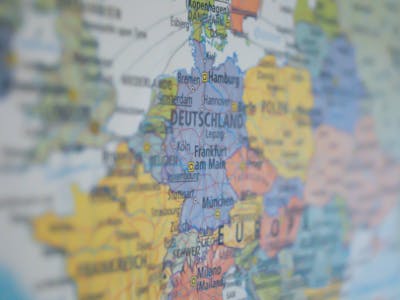
Europe is home to the “fairy tale” — fairies themselves being part of the Celtic culture of ancient Europe. Almost every Western child (and many from the rest of the world) recognize the classic children’s stories of the Brothers Grimm, Hans Christian Anderson, and Charles Perrault (a.k.a., “Mother Goose”). These include popular children’s stories like Snow White, Little Red Riding Hood, Sleeping Beauty, and Hansel and Gretel.
The spirit of the fairy tale lives on in Europe today, both in modernizing the tales of old and in creating new original works with the same structure. Still, Europe maintains close links with its past, which is why even modern classics like the Harry Potter series echo historic themes — like the archaic Hogwarts castle.
North America
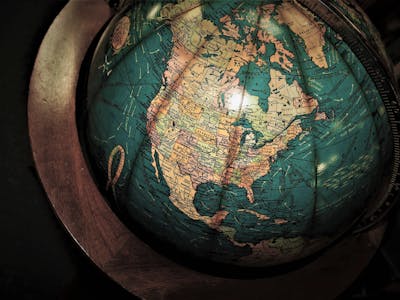
The Americas, both North and South, lack the history of the other continents. Aside from the folklore of indigenous cultures, children’s literature starts to pick up here around the 1700s and 1800s.
While Mexican literature tends to follow the trends of Latin and South American, Canada and the U.S. continue on the same track as European literature. In the 1900s, these countries published some of the best known kids books of all time, including the works of Dr. Seuss (U.S.) and Anne of Green Gables by L. M. Montgomery (Canada).
Because of the prevalence of the tech industry, North America is also on the forefront of publishing technology. They pioneer new ways for children to read like kid’s books online and personalized children’s books.
Oceania
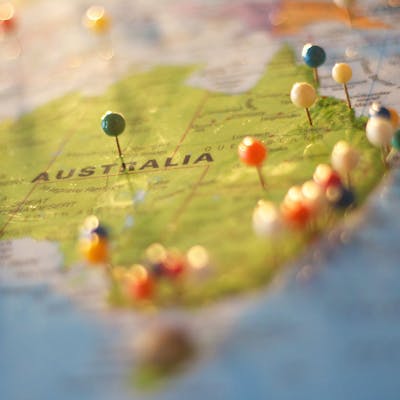
As Western cultures, Australia and New Zealand usually follow the traditions of European stories for kids, just like the U.S. and Canada. One of the world’s most popular children’s stories, the Mary Poppins series, was actually written by a British Australian (P. L. Travers), a perfect metaphor for how the area bridges the culture gap.
However, with the region’s biodiversity and unique environment, we see a lot of themes from African literature as well — oceanian children's stories humanize a lot of particular animal characters other cultures see as “exotic.”
South America

Like in North American, literature in this other “New World” continent really begins to shine in recent centuries. While you can easily see the influence from the folklore of indigenous tribes — including the Mayans, Incas, and Aztecs to the north — today’s children stories follow many of the global trends, though with a specific regional flair.
The most famous of the South American story books for kids is the Yellow Woodpecker Farm series (Sítio do Picapau Amarelo), written by the Brazilian author Monteiro Lobato. These 23 books are considered the Brazilian equivalent of classic children stories like The Chronicles of Narnia.
Conclusion
Want to know more about the history of children stories around the world? Read our full article The Evolution of Children’s Stories, which details how and why stories for kids originated in different cultures around the world, and what common threads unite them all.
